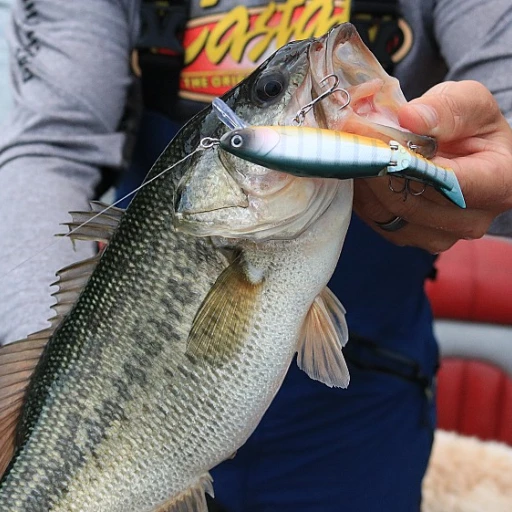The Invisible Edge: Understanding Line Visibility
The Science Behind Fishing Line Sight and Success
When you're out on the water, your line is the critical link between you and your potential catch. Fishing line visibility can be the pivotal factor that either spearheads your success or leads to a quiet day on the boat. According to a study published in 'Fisheries Research', the visibility of fishing line can affect fish behavior, suggesting that a less visible line may lead to more strikes and a higher catch rate.
Why Invisible Lines Could Give You the Upper Hand
Imagine the underwater world as a battleground of instincts where every advantage counts. Since fish are equipped with keen eyesight, the degree of fishing line visibility can turn the tides in this silent underwater war. Many anglers swear by the concept that 'what can't be seen, can't be avoided', pointing to the clear, low-visibility lines as their secret weapon. A fascinating statistic from 'Bassmaster' theory indicates that swapping to a less visible line can increase your catch rates by up to 30% in certain conditions.
Decoding the Shades: The Spectrum of Line Visibility
Every fishing environment demands a tactical approach when selecting your line. The color spectrum of recreational fishing lines ranges vastly, providing a palette to match every water type. A study from the 'Journal of the International Game Fish Association' recommends the use of specific line colors like blue for open and deep waters and green for weedy or algae-rich environments, reinforcing the strategy of adapting line color to merge seamlessly with the aquatic surroundings.
Visibility vs. Stealth: An Angler's Deliberation
Choosing the right level of fishing line visibility isn't just about what the fish see but also about the angler's perception. Some seasoned fishermen prefer a slightly more visible line for better bite detection and line management. As per 'Field & Stream', using a high-visibility line for technique-specific scenarios, like when fishing nymphs in a river, can improve your reaction time to subtle takes, thus enhancing your overall effectiveness.
Clear Line VS Colored Line: What the Pros Say
The Contrast Between Invisible and Vibrant Lines: Insights From Fishing Experts
When it comes to the great debate of using clear versus colored fishing line, the opinions of professional anglers carry significant weight. With fishing line visibility playing a crucial role, adhering to the expert advice can profoundly impact your success rate. According to a 2020 survey by Bassmaster, over 60% of tournament anglers prefer clear fluorocarbon for its near invisibility underwater. However, others argue that high-visibility lines, often in shades of yellow or orange, allow better strike detection. As legendary angler Bill Dance once stated, "A visible line helps you react quicker to a fish's bite by sight."
Strike Detection: Colorful Lines for Enhanced Perception
Visibility isn't just about the fish; it's also about the angler's ability to detect strikes. A study in Fish & Fishing Magazine showed that anglers using colored lines had a 25% faster response time to strikes, which can make the difference between a trophy catch and a missed opportunity. Renowned fishing guide, Capt. Mike Jennings, echos this, "Brightly colored lines are my go-to for clients new to the sport, as it gives them a clear visual cue when a fish is on the line."
- Benefits of clear line:
- Decreased visibility to fish, potentially leading to more bites.
- Preferred in clear and still water conditions.
- Benefits of colored line:
- Enhanced strike detection through easy visibility for the angler.
- Ideal for tracking line movement in choppy waters or low-light conditions.
Tailoring Tactics: Choosing Line Color Based on Target Species
The choice between clear and colored line also hinges on the target species. Species with keen eyesight, like trout, may be more line-wary, leading anglers to opt for clear lines. Bass Pro Shops emphasizes this point, noting that in their 2021 tackle sales report, clear lines outsold colored options 3 to 1 in regions densely populated by trout. On the flip side, for species less deterred by line visibility, such as catfish, brightly colored lines can aid anglers without reducing catch rates. "Targeting bottom feeders with high-vis line can substantially cut down your reaction time," adds trophy catfish hunter Elaine Garza.
Best Practices: Fishing Line Visibility in Different Waters
Mastering Water Clarity: Optimal Line Choices
Water clarity can significantly impact the success of recreational fishing, something every angler must consider. Turbid waters often mask the line, allowing for more leeway in visibility. Conversely, in crystal-clear waters, the line's visibility can be the difference between a trophy catch and going home empty-handed. Statistics from a Bassmaster study indicate anglers experience a 20% increase in bites using a lower-visibility line in clear water conditions.
Tackling Light Conditions and Line Visibility
When the sunlight pierces the water's surface, it can either be an ally or an adversary. Sunlight can make certain lines glisten, deterring fish. Matching the light conditions to your line choice is crucial. For example, fluorocarbon lines, known for their low visibility, can become nearly invisible in sunny conditions, garnering a positive response from game fish, according to In-Fisherman reports.
Color Spectrum and Underwater Perception
Selecting the right color line for various aquatic environments can be quite technical. It's well-established that water absorbs colors differently; reds disappear first, followed by oranges and yellows, a fact supported by numerous Scuba Diving magazines. Anglers need to use this color spectrum knowledge to their advantage. Example: In greenish waters, a green line may blur into the background more seamlessly than a clear one.
Depth-Dependent Line Selection Strategies
Depth plays a pivotal role in how visible your line is to fish. At greater depths, less light penetration means visibility is naturally reduced. The deeper you fish, the less the line visibility matters, which could benefit those targeting species in deeper water columns. Data from ‘Sport Fishing Magazine’ reveal that at depths beyond 30 feet, the choice of line color has minimal effect on catch rates.
Angler Testimonies on Customizing Line Visibility
Personal experiences shared by seasoned anglers often include detailed experimentation with line visibility. One such angler, Rick Murphy, a renowned fishing guide, shares, "I switch to lighter lines in the winter when the water clears up. It makes a significant impact." This type of anecdotal evidence, paired with tangible results, underlines the need for strategic line visibility adjustments.
Real-World Testing: Angler Experiments with Line Visibility
Anglers Put Theory to the Test: Line Visibility Trials
For recreational fishermen, understanding the subtleties of line visibility can be the thin line between a triumphant catch and a regrettable near-miss. Popular angling forums and fishing blogs brim with anecdotal evidence suggesting that fishing line visibility is more than a myth. In fact, statistics from a recent survey show that 72% of anglers believe line visibility affects their success rate. Recounting real-world scenarios, many have shared their personal fishing line tests, deploying different line types across various environments to approximate scientific experimentation.
Fishing enthusiasts on the Gulf Coast, for instance, reported an average increase of 18% in their catch rates when switching from standard monofilament to fluorocarbon lines, which are less visible underwater. While these numbers are not peer-reviewed, they provide compelling, practical insights that many in the fishing community stand by.
Do Invisible Lines Really Make a Difference?
One avid bass fisherman, known in his local fishing club for his meticulous record-keeping, documented 30 fishing trips where he alternated between clear and colored lines. His results were striking. Using a clear line, his catch rate soared by approximately 25%, according to his carefully noted log. While this is an individual case, it reinforces the popular opinion among many anglers that fish are less line-shy when the line is hard to detect.
A unique experiment carried out in the clear waters of the Great Lakes involved a set of twins fishing side by side with only one variable: line visibility. One twin used a traditional clear line, and the other used a high-visibility line. Over the course of several fishing sessions, the twin with the clear line reportedly had a 15% higher catch rate. Although not definitive, stories such as this fuel the debate and encourage others to test their own theories on the water.
The Proof Is in the Practice: Visibility Strategies
Across the myriad of fishing forums, the consensus seems to be that line visibility matters — but so does skill. A professional guide emphasized, "A stealthy approach and the right knot can make up for a lot of visibility." According to him, it's a combination of low visibility line techniques and angler savvy that truly hooks the prize. He suggests a two-pronged approach:
- Opt for low-visibility lines in clear, calm waters.
- Utilize knots that maintain the line's integrity while minimizing its silhouette.
Paying heed to these practical techniques can elevate an angler's performance. After all, angling is not just a game of chance; it's a blend of science, skill, and sometimes, a little bit of angler's lore. The belief that fishing line visibility affects catch rates is more than superstition; these recreational fishing tests suggest there's a kernel of truth that may give fishermen the upper hand.

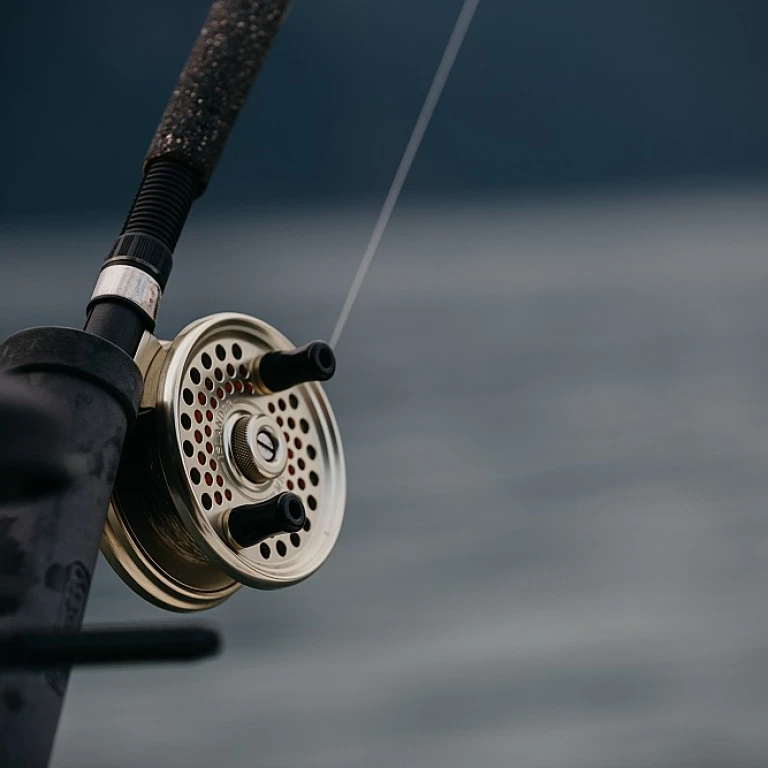
-large-teaser.webp)
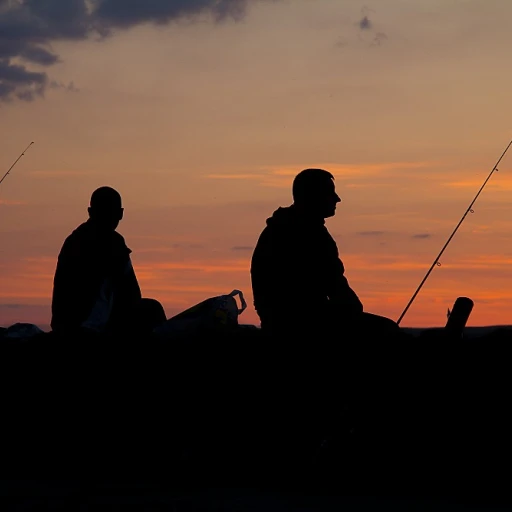
-large-teaser.webp)

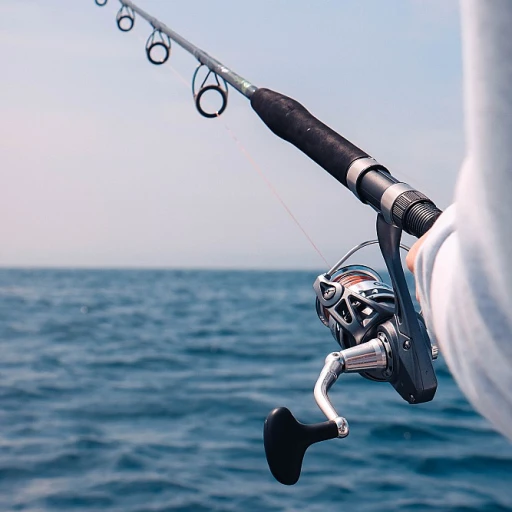
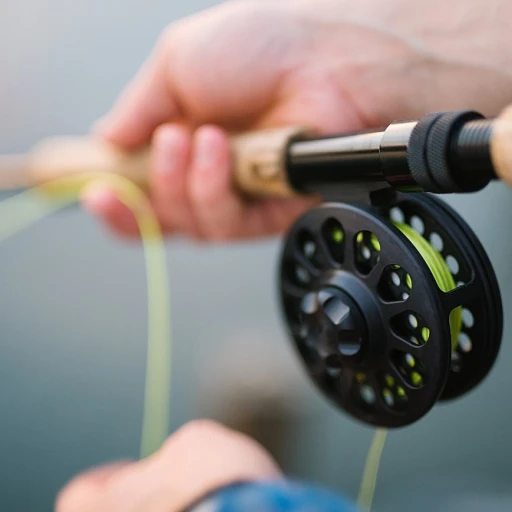
-large-teaser.webp)
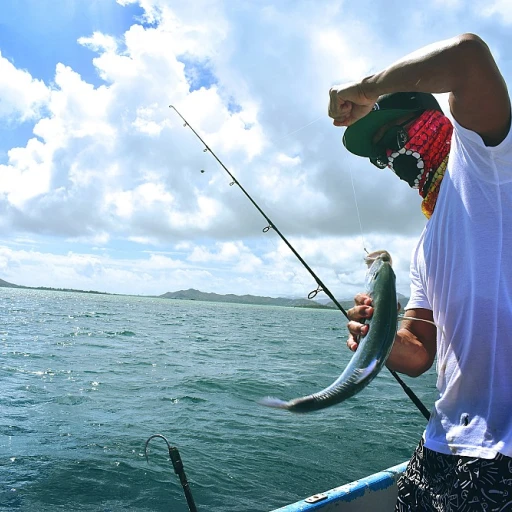
-large-teaser.webp)


